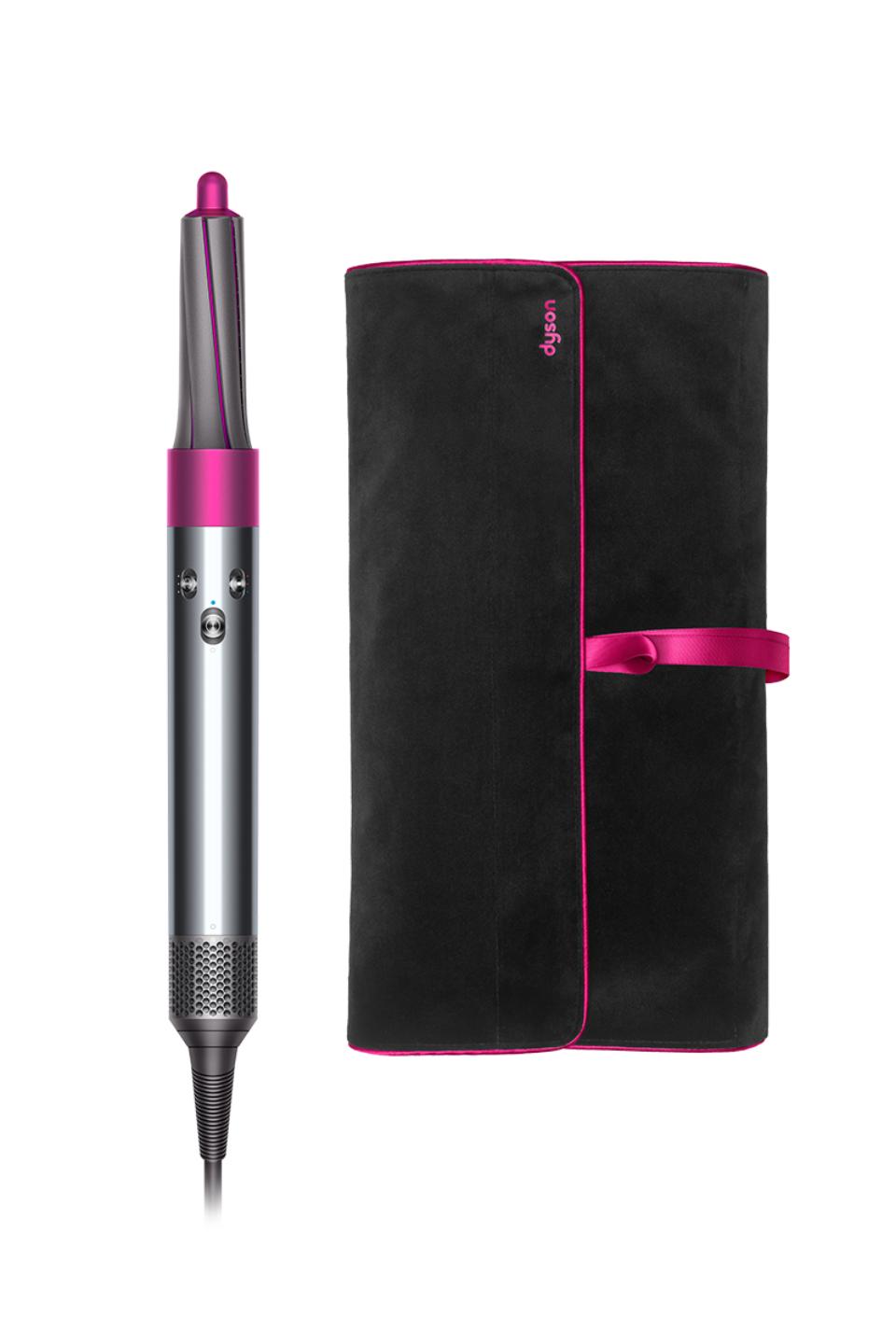Panasonic EH-NA98 Advanced Folding Hair Dryer with Nanoe™ & Double Mineral Technology – Reduces Damage and Split Ends
The Panasonics EH-NA98 Advanced Hairdryer is designed to tackle the visible signs of hair damage such as lack of shine, frizz, dryness, dullness and split ends.
The Panasonics EH-NA98 Advanced Hairdryer is designed to tackle the visible signs of hair damage such as lack of shine, frizz, dryness, dullness and split ends.
It features Panasonic’s successful Nanoe™ & Double Mineral technology (mineral ions generated by two zinc electrodes) proven to reduce visible hair damage caused by brushing, such as split ends.*1
Nanoe™ technology is also proven to actively eliminate static to reduce frizz and improve shine of your hair.*2. Nanoe™ technology uses electrostatically atomised water molecules to infuse nano-sized moisture into the hair helping it to maintain its natural balance*2,3
The end result is beautiful looking, damage resistant hair over time. 88% users have noted a visible improvement in split ends after 5 weeks*4
*1 Tested at ProDerm, Germany, 2018
*2 Tested at ProDerm, Germany, 2017
*3 Compared with Ions by Diameter Measurement Analysis, Panasonic Labs, Japan
*4 At home 5 week test with 71 users, UK, 2019
How to use
Four different modes to deliver total care for your hair, scalp and skin.
Hot mode: when the dryer is switched on, this mode is activated.
Hot and Cold Alternating Mode: when the hair is about 90% dry, press the button once to activate. Gently pull down your hair for a smooth finish. The hot & cold airflow switches automatically.
Intelligent temperature control mode: use this mode in unpleasant hot or humid weather. To activate press the button for at least 1 second and wait until the red light start flashing. (Does not work on setting 1).
Scalp Mode: use when the hair is about 70% dry. Press the button to enter the mode (Green Light)
Skin mode: use when the hair is completely dry. Press the button to enter “Skin mode” (yellow light). Use at 20cm from your face and apply airflow to your skin for 1 minute. Use with eyes closed. Works only on setting 1.
Hazards and Cautions
Do not wash the filter with water. Doing so may cause fire or electric shock Never use the appliance with the filter removed. Your hair may get dangled in the air inlet which could damage the hair. Be sure to keep a distance of over 3cm between the air outlet and your hair. Refer to the instructions manual before use.






by Andrew
My hair was suffering after being bleached for several years and because of lockdown and regrowth challenges I was determined to review its colour and condition. This dryer dries the hair very quickly and easily without stripping the moisture from it so the overall condition is much improved and I am delighted.
by Bell
We use it as a family almost every day. It’s not too hot for the kids especially when I use the alternating hot/cold feature. I do think that it leaves your hair much shinier than hair dryers I’ve previously used. The only problem with it is the attachment has a tendency to fall off easily.
by Bety
It doesn’t seem to damage my hair it adds volume at the roots and is fast and easy to use I have long hair and it’s left in Good condition better that any other hairdryer that I have ever used.
by Tuula
Does what it says on the box.
by Jade
Had this hairdryer for a month now and love it!
I have thick, curly hair and it helps to dry my hair quickly and doesn’t leave my hair as frizzy.
Makes my hair feel soft and shiny!